Owls are fascinating creatures. They have a special organ (gizzard) that stores the undigestible parts of their prey, preventing these parts (bones, teeth, fur, feathers) from proceeding through the digestive tract. The gizzard compresses these parts into a pellet which is later regurgitated. This is a pretty simplistic explanation. If you’d like to learn more, check out this page from the website, The Owl Pages,… Digestion in Owls. A cool way to teach kids about what owls eat and how they digest their food is to have them do a pellet dissection. Really, it isn’t all that yucky, and most kids find it fascinating.
One of the East Bay Regional Parks naturalists was super kind to give my son a couple pellets she had on hand for him to dissect. My son was totally focused on the task, excited with each tiny mouse bone he found. Here are a few photos from his dissection today..
Interested in doing an owl pellet dissection? Here are a couple great resources…
- Worksheet from BiologyCorner.com – Owl Pellets Investigation
- Need to purchase pellets? You can order them from PelletLab.com – Owl Pellets
- Did you find some pellets while out hiking? Here’s how to sterilize them, from eHow.com –How to Sterilize Owl Pellets

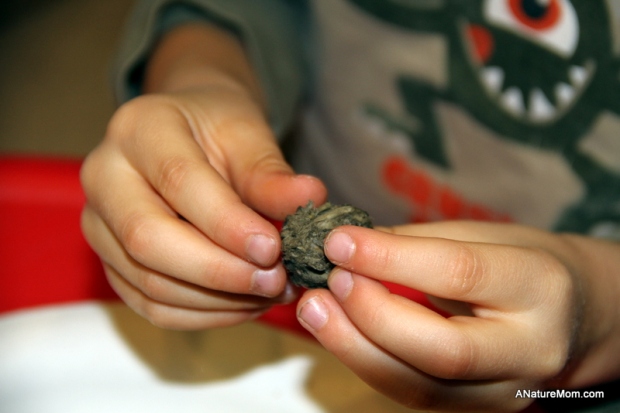
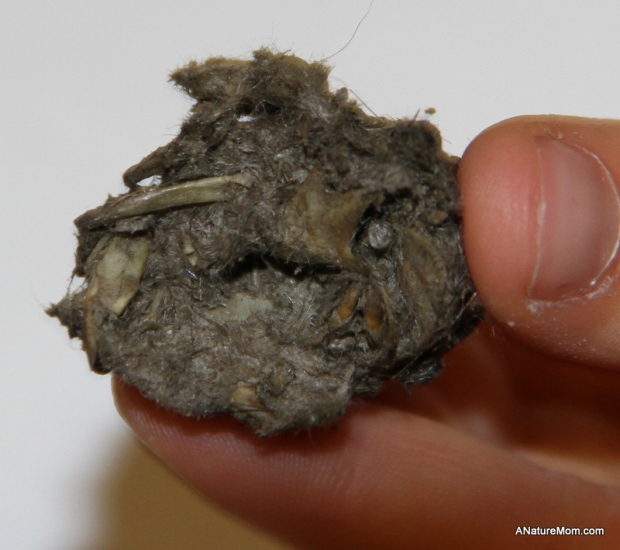
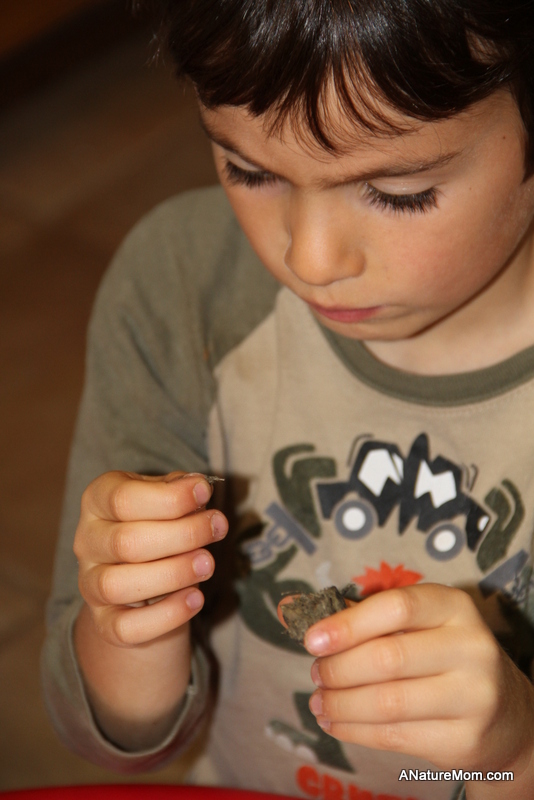
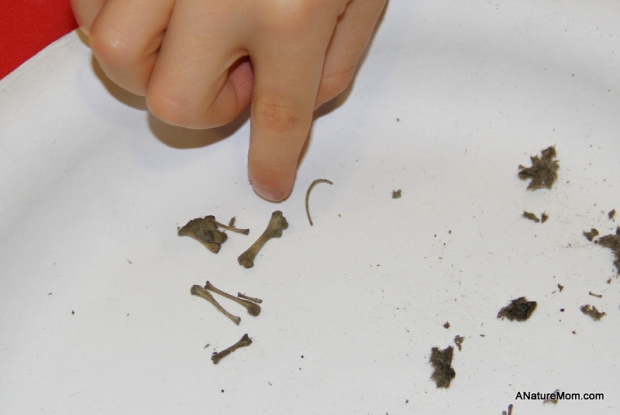
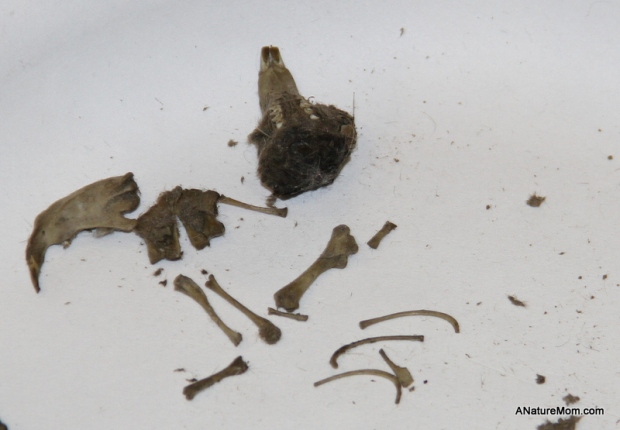
it is super to see the fabulous experiences you do with your son Linda! It brough back memories of when a wildlife biologist did ‘owl pellets’ investigations with my Year 2 class one year – the 7-8 year olds were enthralled… and I was too! The small bones and tiny whole bones amazed us. The children’s drawings after the exploration were fabulous too. Great post!
LikeLike
Thanks, Coral! Glad to have reminded you of a fun memory. 🙂
LikeLike
FYI, if during the dissection you find teeth that have a purple tint to them, then what the owl ate is not a mouse, but a shrew. Shrew have a neurotoxin in their glands that stun and paralyze their pray. This neurotoxin stains their teeth purple and is apparent even after death. The owl’s stomach is immune to such toxins. It is always fun to find those purple teeth in the mix of other bones.
LikeLike
Interesting! That would be cool to find purple-stained teeth. I’m pretty sure what my son found in his pellet was a vole. Well, two voles, actually.
LikeLike
I did this with my third graders while I was teaching. It was amazing to watch the kids reconstruct the skeletons. Will definitely have to give it a go with my own littles!
LikeLike
My son did this once before during a class at a local nature center. It’s such a great activity for kids, either in a school environment, a nature center, or at home. Fun!
LikeLike
That’s fascinating facts even for me! Will pass this information on to my son later today. Owls are fascinating. Thank you Linda! Sharon
LikeLike
Glad you found it interesting, Sharon. I love owls, too. Such beautiful, majestic animals.
LikeLike
Owl pellets are fascinating. I have had one once in my life, and my daughter and I dissected it. We sort of “put the mouse together” and learned alot about the structure of a mouse. I have a friend who sells the pellets she finds on Etsy! They sell fairly quickly.
LikeLike
Interesting about selling the pellets on Etsy. That’s a source I hadn’t considered! We, too, find many pellets in the woods near our home.
LikeLike
It’s great that your son found it to be so interesting. I would assume that all birds of prey cough up pellets. I wonder how you can tell an owl pellet from a hawk pellet. Or maybe I’m wrong about all birds of prey having to do this.
LikeLike
Not sure! I’ve only hear about owl pellets, not hawk pellets. I’ll do some research.
LikeLike
It looks as if many birds produce pellets, but hawk and owl pellets are the easiest to find due to their larger size. Cool! http://www.ehow.com/how_2086051_identify-bird-pellets.html
LikeLike
For a while we were getting pellets on our roof, and I couldn’t bring myself to get out a ladder and climb out on the roof to see what they were. I had kind of been thinking they might be hawk pellets because I occasionally see these.
LikeLike
Hawks also tend to rip their food up more, so the pellets are smaller, somewhat less frequent and don’t have as many intact bones.
LikeLike
Even though I was too lazy to get up on my roof, I photographed the pellets. I wonder if it’s possible to tell from a photo?
LikeLike
Very possibly. At least if there’s some sense of the size.
LikeLike
All raptors will make pellets. However, rarely are pellets as big as owl pellets. Kites and Osprey will tear their pellets apart during the early spring. Then they will crush the small bones with their beaks and swallow them again. When these smaller bones are digested the second time, they disintegrate. The purpose behind this is that the females are adding calcium to their diets. The calcium is needed for egg production. Since raptors are usually in pairs (male and female), the female has the ability to consume from both the male’s and female pellets. Kites (Snail Kites) also crush the shells of snails for the added calcium needs.
LikeLike